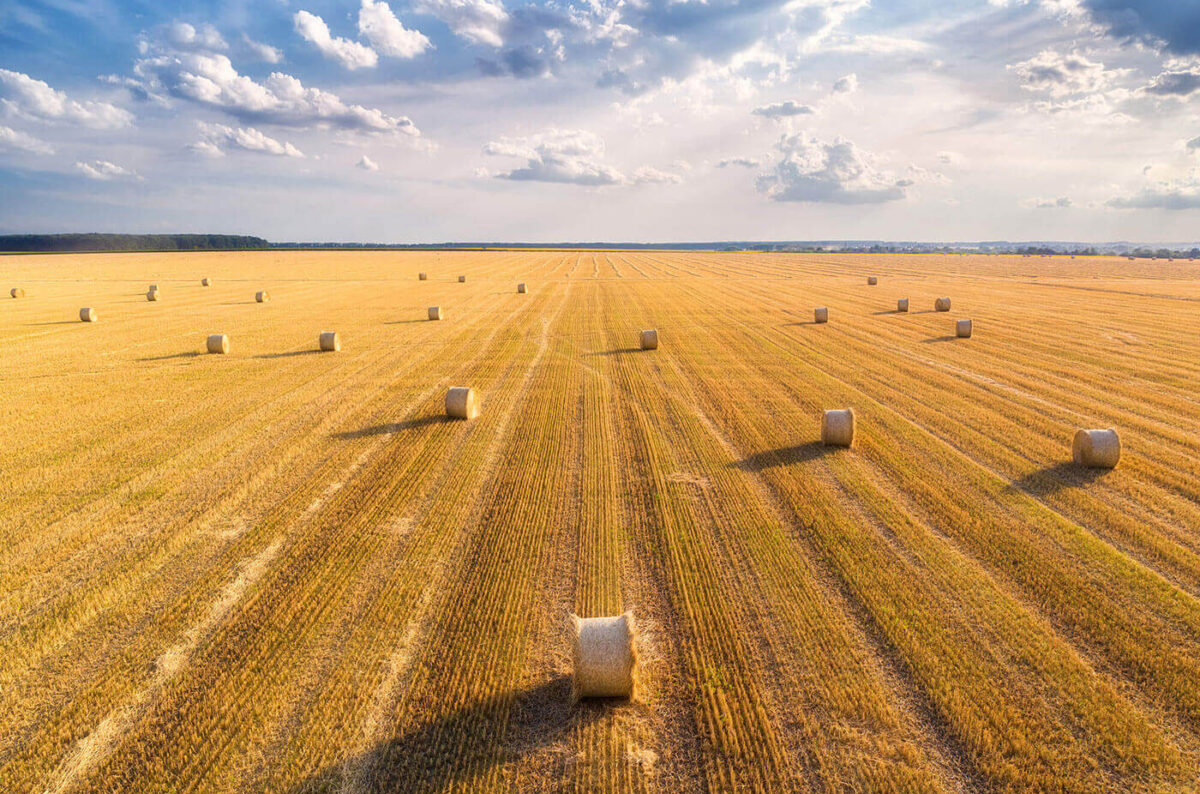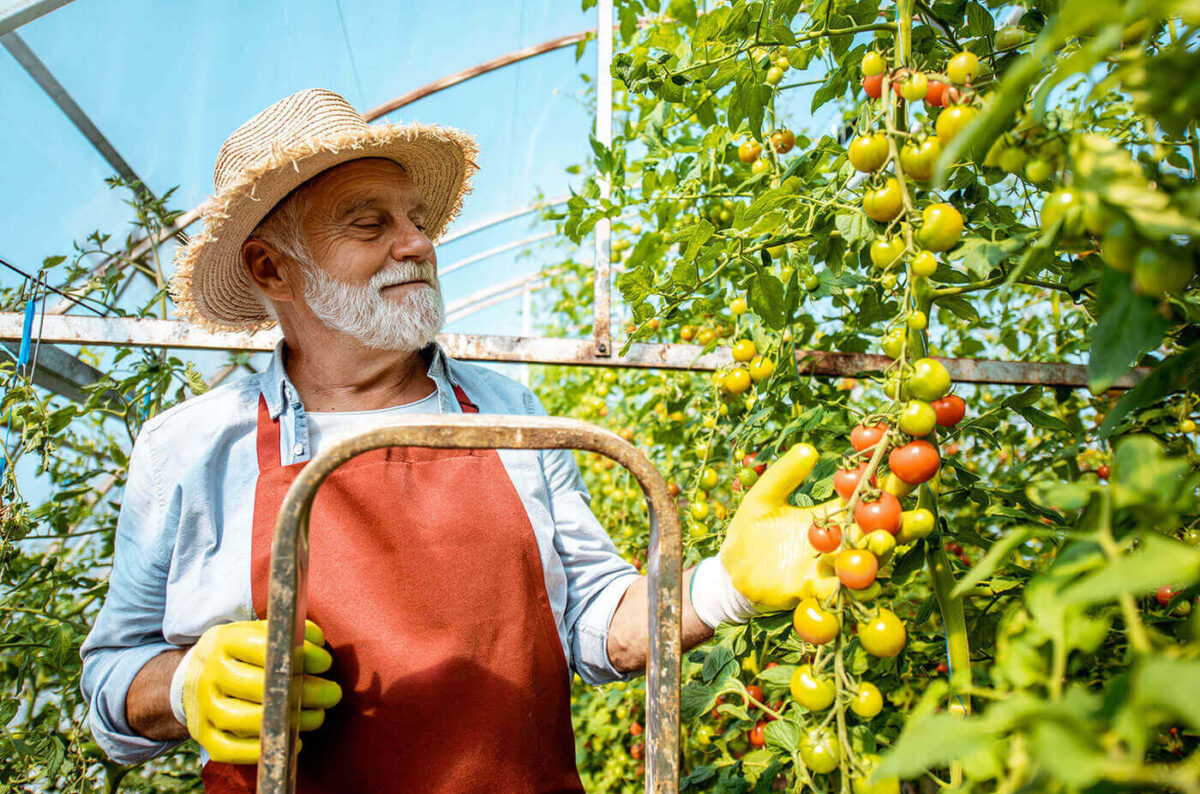
- Climate
- February 23, 2023
In today’s precision agriculture landscape, planting equipment serves as the foundation for crop success. The technological evolution of planters over the past decade has been nothing short of revolutionary, leaving many farmers wondering whether their current machinery is leaving yield potential—and profit—in the field. This article examines the performance differences between new-generation planters and existing equipment, helping you evaluate whether an upgrade makes economic sense for your operation.
The Technology Gap: What’s Changed in Planter Design
Modern planters have advanced dramatically from their predecessors, with innovations focused on four critical performance areas:
1. Seed Placement Precision
Current Technology: Most planters from 5-10 years ago offer basic depth control and reasonable accuracy at moderate speeds (4-5 mph). Variations in field conditions often create inconsistent seed placement, especially at the outer reaches of planter sections.
New Technology: Today’s premium planters feature:
- Individual row hydraulic downforce systems that adjust multiple times per second
- Electronic seed delivery systems replacing mechanical seed meters
- Advanced seed trench formation tools providing consistent seed environment regardless of field conditions
- Automatic row-by-row seed depth adjustment based on soil moisture and temperature readings
The result? Research from Precision Planting shows modern planters achieve 99% accuracy in seed spacing and depth compared to 80-85% in conventional units, potentially delivering 8-10 bushel/acre yield increases in corn through improved plant spacing alone.
2. Speed and Efficiency
Current Technology: Traditional planters operate optimally at 4-6 mph before performance degradation occurs. Faster speeds typically result in seed bounce, skips, and doubles.
New Technology: High-speed planting systems now allow:
- Operating speeds of 8-12 mph while maintaining or improving seed placement accuracy
- SpeedTube and similar technologies that control seed from meter to soil contact
- Active pneumatic seed delivery replacing gravity drop systems
- Hydraulic weight transfer systems that maintain consistent down pressure at higher speeds
Case IH reports their Early Riser 2150 series with SpeedTube technology can plant 12 acres per hour per row at 10 mph—a 40% increase in productivity over conventional planters—while maintaining 98.6% singulation accuracy.
3. Section and Row-Level Control
Current Technology: Older planters typically offer basic section control with 2-4 sections across the implement width, causing significant overlap in irregularly shaped fields.
New Technology: Advanced control systems now provide:
- Individual row shutoffs that eliminate overplanting
- Turn compensation that automatically adjusts seed populations in turns
- Row-by-row population control allowing variable rate application at much finer scales
- Automated headland management reducing operator fatigue and error
John Deere estimates their ExactEmerge technology with individual row control can reduce seed costs by up to 5% through elimination of double-planting on headlands and point rows.
4. Data Integration and Connectivity
Current Technology: Older planting systems may offer basic mapping and monitor capabilities but generally operate as standalone systems with limited data compatibility.
New Technology: Modern planting systems feature:
- Real-time connectivity to farm management software
- High-definition mapping of planting operations down to individual seed placement
- Automatic documentation of as-planted records
- Integration with other field operations data for comprehensive decision support
- Remote monitoring and adjustment capabilities
Quantifying the Performance Difference
The numbers tell a compelling story about the performance gap between generations of planting equipment:
Emergence Uniformity
Research from the University of Nebraska-Lincoln found that each day of emergence delay for a corn plant decreases its yield potential by 5-9%. Modern planters have demonstrated the ability to improve emergence uniformity by 1.2 days compared to conventional units.
Stand Establishment
Field trials across the Midwest corn belt showed new planter technology achieving 96-98% stand establishment compared to 88-92% for conventional planters, potentially representing a 5-10% yield advantage before the crop even emerges.
Seed and Input Savings
Advanced seed metering and section control systems reduce overplanting by 3-7% depending on field shape and size. At current seed corn prices of $300+ per bag, this can represent savings of $7-15 per acre.
Time and Labor Efficiency
Higher operating speeds mean more acres planted during optimal planting windows. University of Illinois research suggests that corn planted during the optimal window yields 8-10% more than corn planted just 10 days later. For a 2,000-acre operation, a high-speed planter might complete planting 5-7 days faster than conventional equipment.
The Economic Equation: When Does an Upgrade Make Sense?
While performance advantages are clear, the economic return on investment varies significantly based on:
Farm Size and Scale
For operations under 500 acres, new planter technology with price tags of $300,000+ may be difficult to justify. For larger operations, the per-acre cost of new technology becomes more reasonable, especially when factoring efficiency gains during critical planting windows.
ROI Calculation Example:
- 2,000 acre corn operation
- $350,000 new 24-row planter vs. $80,000 value of current equipment
- Net investment: $270,000
- Estimated yield increase: 8 bushels/acre at $5.50/bushel = $44/acre
- Labor and fuel efficiency savings: $5/acre
- Seed savings from reduced overlap: $9/acre
- Total benefit: $58/acre or $116,000 annually
- Simple payback period: 2.3 years
Current Equipment Age and Condition
Operations with planters nearing the end of their service life will find the incremental cost of upgrading to new technology more justifiable than those with relatively new equipment. Mechanical wear on seed meters, drives, and ground contact components significantly impacts performance of older units.
Farm Topography and Field Conditions
Farms with challenging topography, variable soil conditions, or irregularly shaped fields stand to gain more from precision downforce, individual row control, and turn compensation features than those with flat, uniform fields with straight rows.
Upgrade Alternatives: Beyond Buying New
For operations not ready to invest in completely new planting systems, several intermediate options exist:
Precision Planting Retrofits
Companies like Precision Planting offer component upgrades that can be installed on existing planter frames, including:
- vSet electric drive seed meters ($1,200-1,500 per row)
- DeltaForce hydraulic downforce systems ($1,800-2,000 per row)
- SpeedTube high-speed seed delivery ($900-1,100 per row)
These upgrades can deliver 60-80% of the performance benefits of new planters at 40-50% of the cost.
Used Late-Model Premium Planters
The rapid pace of planter technology turnover means 2-4 year old premium planters with advanced features often sell for 50-60% of their original price, representing significant value for farms looking to upgrade without the full financial impact of new equipment.
Custom Planting Services
Some regions now offer high-tech custom planting services using the latest equipment. For smaller operations, hiring a custom operator with state-of-the-art equipment may deliver the benefits of precision planting without the capital investment.
Making the Decision: A Framework for Evaluation
Consider these steps when evaluating whether to upgrade your planting equipment:
Analyze your current planter performance:
- Conduct emergence counts and spacing evaluations
- Map current overlap areas in your fields
- Calculate actual seed populations vs. targets
- Document days required to complete planting
Quantify potential benefits:
- Estimate realistic yield improvements for your crops and conditions
- Calculate labor and fuel savings from increased efficiency
- Project seed savings from improved accuracy and reduced overlap
- Value the “weather insurance” of faster planting during optimal windows
Consider your operation’s trajectory:
- Are you expanding acreage in the next 3-5 years?
- How long do you plan to continue farming?
- Does your succession plan include next-generation operators who would benefit from new technology?
Conclusion: Bridging the Performance Gap
The performance advantages of new planting technology are undeniable, but the economic case for upgrading varies widely based on individual farm circumstances. For many mid-size to large operations, the yield benefits, efficiency gains, and input savings from modern planting equipment can deliver compelling returns on investment.
Whatever your decision, staying informed about planting technology advancements and regularly evaluating your equipment’s performance against modern benchmarks is essential. Today’s margins in row crop production leave little room for suboptimal stand establishment—the foundation upon which your entire growing season is built.
What planting equipment are you currently running? Have you upgraded recently or are you considering new technology? Share your experiences in the comments below!















